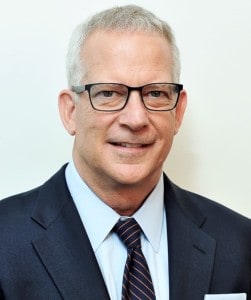
A good portion of the ATSC's June NextGen Broadcast Conference dealt with ATSC 3.0 as a wireless data, video and audio delivery technology for vehicles.
Hosted in Detroit, the event offered a market overview of where vehicle connectivity stands today, the technical ins and outs of what was billed as a “coast-to-coast” 3.0 test across Michigan, as well as a look at key elements needed to support reception in moving vehicles.
Perhaps one of the most valuable pieces of advice to come out of the conference with regard to 3.0 in vehicles was offered by John Lawson, executive director of the AWARN Alliance. He urged broadcasters interested in mobile 3.0 to reach out to the Intelligent Transportation Society of America, state and federal transportation agencies and public-private partnerships, such as turnpike authorities, to promote the wireless IP data delivery strengths of the 3.0 standard and educate them about how it could serve their needs to transmit vital data to intelligent vehicles.

Lawson, who attended a gathering of the society in 2018, said the ITS community is coming off a significant loss of spectrum—45 MHz of its 75 MHz in the 5.9 GHz band—reallocated by the FCC for Wi-Fi use. That original 75 MHz allocation was to transmit data—like whether or not a vehicle is moving through an intersection—to intelligent vehicles. The loss of spectrum has left that industry scrambling to create a new ecosystem to support transmission of this sort of vital data.
Now is the time for the Advanced Television Systems Committee, station groups and even individual stations to do the outreach necessary to communicate how 3.0 can play a critical role in that ecosystem. During a phone conversation following the conference, Lawson noted the ITS World Congress will take place in September in Los Angeles and that 3.0 advocates should attend.
The broadcast community should waste no time in contacting government and quasi-governmental transportation authorities as they pick up the pieces from their spectrum loss and make plans for a new wireless ecosystem to support intelligent vehicles. These authorities will be responsible for writing specifications that could include 3.0 as part of the new ITS wireless data delivery ecosystem. They also have the power to set the standards automakers must meet with their own intelligent transportation solutions.
The professional video industry's #1 source for news, trends and product and tech information. Sign up below.
Phil Kurz is a contributing editor to TV Tech. He has written about TV and video technology for more than 30 years and served as editor of three leading industry magazines. He earned a Bachelor of Journalism and a Master’s Degree in Journalism from the University of Missouri-Columbia School of Journalism.

